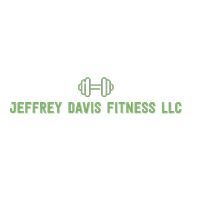Nutrition 101: Understanding Macronutrients and Micronutrients
Proper nutrition is an essential part of a healthy lifestyle. Without adequate nutrients, our bodies cannot function properly, and we become more susceptible to diseases and illnesses. In this blog post, we will be discussing the basics of nutrition, specifically macronutrients and micronutrients, and how they play a crucial role in our overall health and well-being.
Macronutrients are the nutrients that provide our bodies with energy. There are three main macronutrients: carbohydrates, proteins, and fats. Carbohydrates are the primary source of energy for our bodies. They can be found in foods such as fruits, vegetables, whole grains, and dairy products. Proteins are essential for the growth and repair of tissues in our bodies. They can be found in foods such as meat, fish, eggs, nuts, and beans. Fats are essential for energy, insulation, and protection of our organs. They can be found in foods such as avocados, nuts, seeds, and oils.
Micronutrients, on the other hand, are the nutrients that our bodies need in smaller amounts but are just as crucial for our overall health. They include vitamins and minerals. Vitamins are essential for the proper functioning of our bodies. They help with the growth and repair of tissues, and they also help with the conversion of food into energy. Minerals are also essential for our bodies to function correctly. They help with the formation of bones, teeth, and blood, and they also help with the regulation of our body's fluid balance.
So, how do we ensure that we are getting enough of both macronutrients and micronutrients in our diets? The key is to eat a balanced diet that includes a variety of foods from all food groups. This means consuming plenty of fruits, vegetables, whole grains, lean proteins, and healthy fats. It is also essential to limit our intake of processed foods, added sugars, and unhealthy fats.
In conclusion, understanding the basics of nutrition is crucial for our overall health and well-being. By ensuring that we are getting enough macronutrients and micronutrients in our diets, we can improve our energy levels, reduce our risk of disease, and improve our overall quality of life. So, the next time you sit down to eat a meal, remember to focus on eating a balanced diet that includes plenty of whole foods and limit your intake of processed foods. Your body will thank you!











